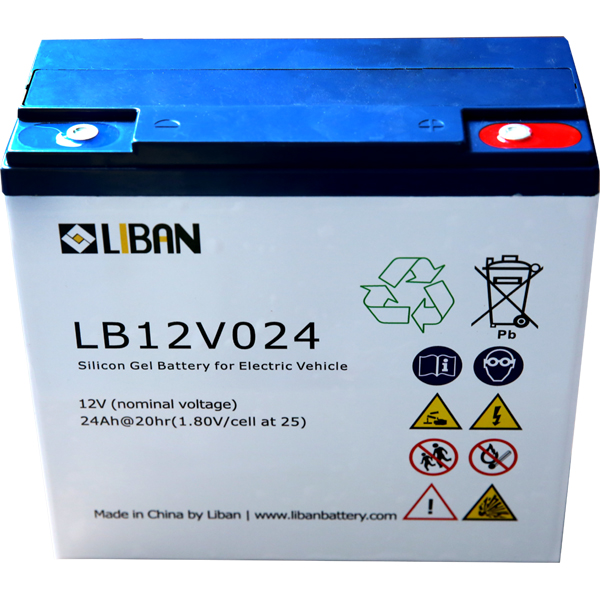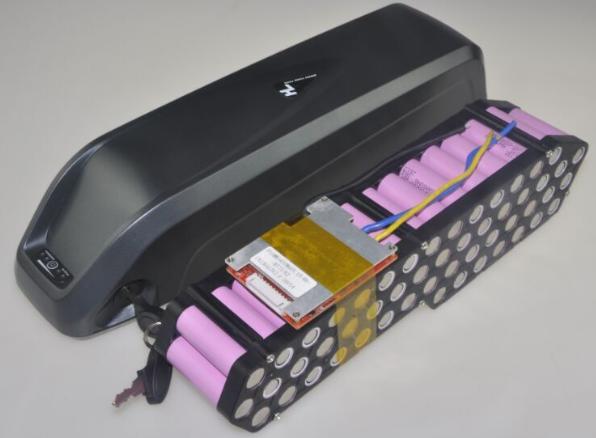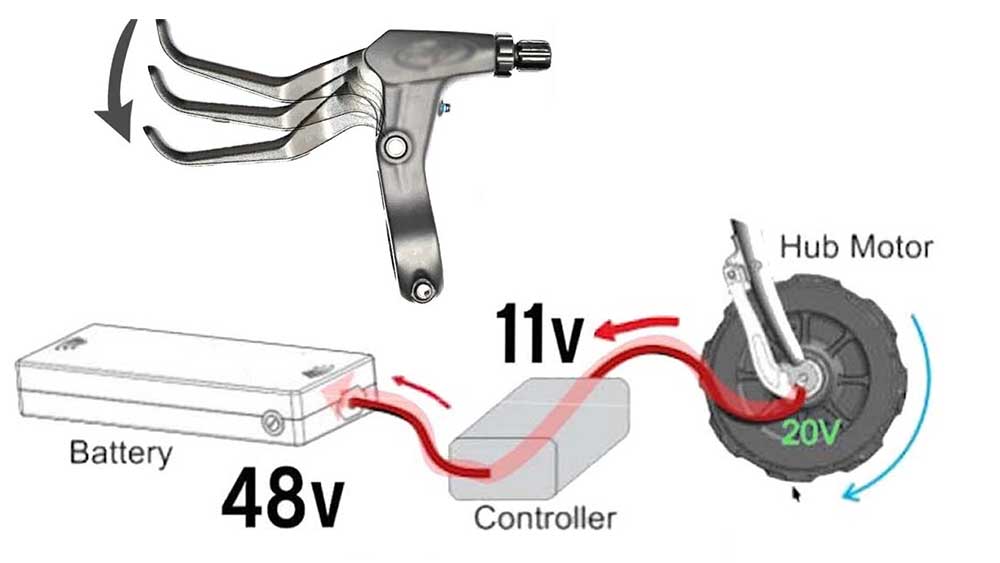Battery Technologies for eBikes a short overview.
Introduction
E-bikes, also known as electric bicycles, have gained popularity in recent years as a sustainable and cost-effective mode of transportation. With advancements in technology and a growing awareness of environmental concerns, the e-bike market is projected to continue its rapid growth in the coming years. Central to the success of e-bikes is the development and improvement of battery technologies, which are the key components that power these vehicles. In this article, we will provide a comprehensive overview of the current state of battery technologies for e-bikes and explore the future advancements that will shape the industry.
Overview of Battery Technologies
The primary component that differentiates e-bikes from traditional bicycles is the electric motor, which is powered by a battery. A variety of battery technologies are currently used in e-bikes, each with its advantages and limitations. Some of the most common types of batteries include lead-acid, nickel-cadmium, nickel-metal hydride, and lithium-ion.
Lead-acid batteries have been used in e-bikes for many years due to their affordability and availability. However, they are heavy and have a limited lifespan, which has led to a decrease in their popularity as more advanced technologies have emerged.

Nickel-cadmium (Ni-Cd) batteries were once popular due to their high energy density and ability to handle high discharge rates. However, they have largely been replaced by nickel-metal hydride (Ni-MH) and lithium-ion (Li-ion) batteries due to their lower energy density and environmental concerns associated with cadmium.
Ni-MH batteries have been widely used in e-bikes for their relatively high energy density and long lifespan. However, their performance is gradually being surpassed by lithium-ion batteries, which offer even higher energy density, lighter weight, and longer cycle life.
Lithium-ion batteries are currently the most popular choice for e-bikes due to their high energy density, lightweight, and long cycle life. They are available in various chemistries, including lithium cobalt oxide (LiCoO2), lithium iron phosphate (LiFePO4), and lithium manganese oxide (LiMn2O4), each with its specific advantages and limitations.

Recent advancements in lithium-ion battery technologies have further improved their energy density, safety, and cost, making them the leading choice for e-bike manufacturers and consumers. In the coming years, lithium-ion batteries will likely continue to dominate the market and become even more advanced through research and development efforts.
Future Advancements in Battery Technologies
The future of e-bikes is closely tied to the advancements in battery technologies, which will play a critical role in improving performance, reducing costs, and enhancing the overall user experience. Some of the key areas of development in battery technologies for e-bikes include:
1. Enhanced Energy Density: As the demand for longer-range and higher-performance e-bikes grows, there will be a continued focus on increasing the energy density of batteries. This will enable e-bikes to travel longer distances on a single charge and provide more power for challenging terrain and steep hills.
2. Improved Safety: Safety is a top priority for battery technologies, particularly in light of the occasional incidents of battery fires and explosions. Future advancements will focus on developing battery management systems and materials that enhance the safety of lithium-ion batteries, reducing the risk of thermal runaway and other hazardous events.
3. Reduced Cost: One of the barriers to the widespread adoption of e-bikes is the high cost of batteries. Continued advancements in manufacturing processes, materials, and economies of scale will lead to more affordable and cost-effective battery options for e-bikes, making them more accessible to a broader range of consumers.
4. Faster Charging: Convenience is a key factor in the adoption of e-bikes, and faster charging times will play a crucial role in enhancing the user experience. Future battery technologies will focus on improving charging efficiency and reducing the time required to fully charge the battery, enabling users to spend less time waiting and more time riding.
5. Integration with Renewable Energy: As the world transitions towards renewable energy sources, the integration of e-bikes with solar and wind power will become increasingly important. Future battery technologies will be designed to work seamlessly with renewable energy systems, enabling e-bike users to charge their batteries using clean and sustainable sources of power.
6. Environmental Sustainability: The environmental impact of battery technologies will continue to be a focus of research and development. Efforts will be made to improve the recyclability and sustainability of battery materials, as well as to minimize the use of rare and toxic elements in battery production.

FAQs
1. What is the expected lifespan of a lithium-ion battery for an e-bike?
Lithium-ion batteries for e-bikes typically have a lifespan of 500-1000 charge cycles, depending on the specific chemistry and usage conditions. With proper care and maintenance, some high-quality lithium-ion batteries can even exceed 1000 cycles.
2. How long does it take to charge an e-bike battery?
The charging time for an e-bike battery depends on the capacity of the battery and the charger’s output. On average, it takes 3-6 hours to fully charge a lithium-ion e-bike battery from empty to full, but this can vary based on the specific battery and charger.
3. Can I use any charger to charge my e-bike battery?
It is recommended to use the charger provided by the e-bike manufacturer to ensure compatibility and safety. Using a charger with improper voltage or current can damage the battery and pose a safety hazard.
4. Can I replace my e-bike battery with a higher-capacity one?
In some cases, it is possible to upgrade to a higher-capacity battery, but it is important to ensure compatibility with the e-bike’s electrical system and motor. Consult with the e-bike manufacturer or a qualified technician before making any modifications to the battery.
5. Are there any environmental concerns associated with e-bike batteries?
Lithium-ion batteries can pose environmental concerns if not properly handled at the end of their life. However, many e-bike manufacturers and recycling facilities offer programs to recycle old batteries and minimize their environmental impact. It is important to dispose of e-bike batteries following local regulations and recycling guidelines.
Conclusion
The future of e-bikes is bright, with continued advancements in battery technologies driving the industry forward. As lithium-ion batteries dominate the market, they will become more advanced, affordable, and sustainable, enabling e-bikes to become a mainstream mode of transportation for urban commuters, outdoor enthusiasts, and eco-conscious individuals. With ongoing research and development efforts, the potential for e-bikes to revolutionize the way we travel and connect with our environment is limitless.






